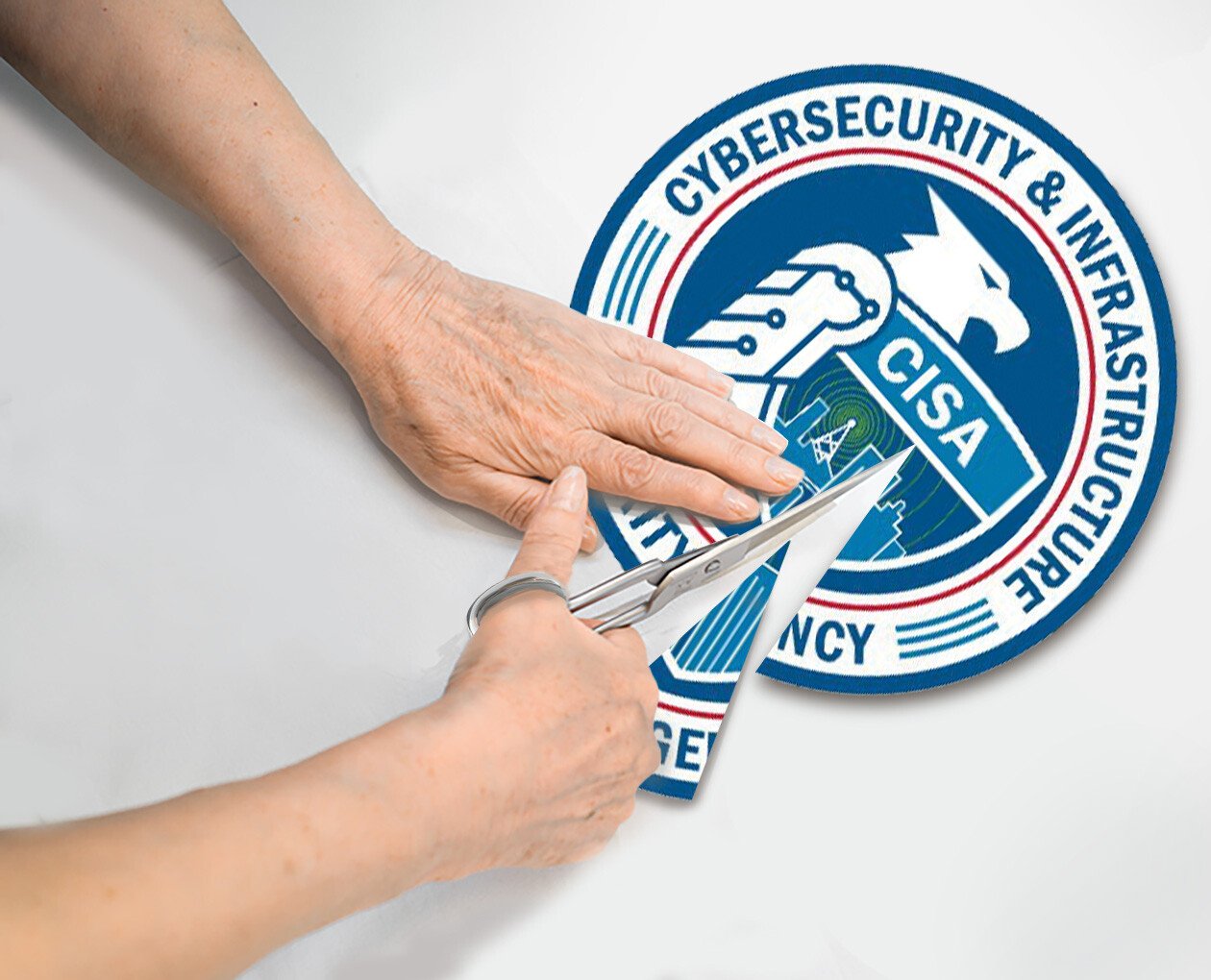Grubhub recently confirmed a data breach stemming from a third-party vendor, exposing the ongoing risks associated with supply chain security. While the company assures that sensitive information like full payment details and Social Security numbers were not compromised, the incident serves as another reminder of the vulnerabilities that can arise from external partnerships.
What happened?
Grubhub detected unusual activity within its environment, later traced to an account associated with a third-party service provider used for customer support. Upon discovery, the company swiftly terminated access to the compromised account and removed the provider from its systems. While these measures contained the incident, the breach underscores the risks inherent in outsourcing critical functions to external vendors.
What data was compromised?
The attackers accessed:
-
Names, email addresses, and phone numbers of campus diners, merchants, drivers, and customer service users.
-
Partial payment card details (card type and last four digits) for some campus diners.
-
Hashed passwords for certain legacy systems (though Grubhub proactively rotated affected credentials).
Grubhub confirmed that Marketplace customer passwords, merchant login credentials, full payment card numbers, and bank account details were not exposed. However, even seemingly limited breaches can have downstream effects, enabling phishing attacks and social engineering schemes.
How did this happen?
Like many organizations, Grubhub relied on a third-party service provider to manage part of its customer support operations. The breach originated from an account belonging to this provider, demonstrating how attackers often target vendors as a weak link to gain access to a larger organization's infrastructure.
Grubhub's response and mitigation steps
To address the breach and strengthen security, Grubhub took the following actions:
-
Engaged forensic experts: Partnered with cybersecurity professionals to conduct a full investigation.
-
Strengthened credential security: Rotated passwords across affected accounts to prevent further unauthorized access.
-
Enhanced monitoring: Implemented additional anomaly detection mechanisms to identify suspicious activity.
These actions align with best practices, but they also raise an important question: How can organizations better assess and mitigate third-party risks before an incident occurs?
Lessons for businesses: strengthening third-party security
Grubhub's breach is part of a growing trend of supply chain attacks, where cybercriminals exploit vendors rather than targeting companies directly. To reduce the risk of such incidents, organizations should:
-
Conduct rigorous vendor risk assessments – Before onboarding a third-party provider, evaluate their security posture, data handling policies, and history of breaches.
-
Enforce strong access controls – Limit third-party access to only what is necessary and implement zero-trust principles.
-
Monitor vendor activity continuously – Use anomaly detection tools to flag suspicious behavior from third-party accounts.
-
Mandate multi-factor authentication (MFA) – Require MFA for all vendor accounts accessing critical systems.
-
Include third-party security in incident response plans – Ensure that security teams have clear protocols for isolating and mitigating third-party breaches.
While Grubhub acted quickly to contain the breach, the incident highlights the broader challenge of securing third-party relationships. Companies must recognize that vendor security is an extension of their own security and take proactive steps to mitigate risks before they lead to an incident.
As cyber threats evolve, businesses should reassess their third-party risk management strategies. The question isn't just whether your own security measures are strong—it's whether the companies you work with are equally prepared to defend against threats.
Follow SecureWorld News for more stories related to cybersecurity.





